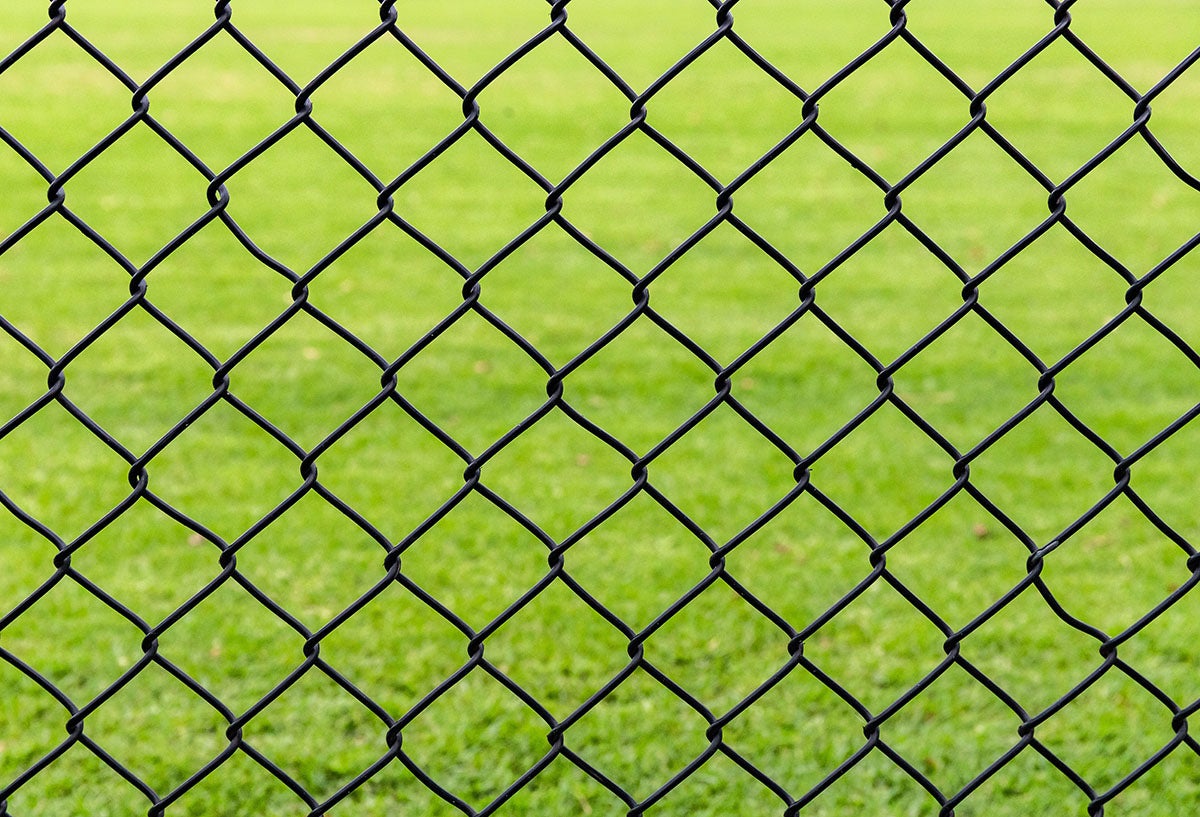Fences are constantly exposed to the weather, and each type of fence material reacts differently to the constant exposure creating different fencing problems. A fence is one of the most important components of your property, whether you're worried about privacy, protection of your property, or keeping your pets contained.
Despite your best attempts at fence maintenance, you're bound to run into a fence-related difficulty at some point in your life. Fences of all kinds are vulnerable to destruction since they are always exposed to the weather. Don't forget to inspect your fence when you're making changes to your house.
Fencing Problems that You Must Watch Out For
Regardless of the material used, your fence will ultimately fall apart due to neglect, severe weather, and vermin, necessitating fence repairs. With that in mind, here are some frequent fencing issues that most of the homeowner’s face:
Pickets or Boards Are Missing
This is one of the most common fence problems. Getting help from a fence firm for the replacement of the missing pickets or boards may be less time-consuming as compared to performing the job yourself.
In order to match the rest of the fenced area, it is necessary to paint or stain the pickets or the boards. The entire fence should be replaced if substantial pieces of it are missing or broken.
Problems With the Installation
Some of the most common fence construction issues are not digging post holes deep enough, failing to account for sloped land in the design, and damaging utility lines during excavation.
The proper placement of post holes is of extreme importance for laying a stable foundation for the installation of your fence. Digging three-foot-deep post holes out of concrete or gravel is also a possibility.
While custom vinyl or chain-link fence panels are a good option to fit sloped ground, most contractors will solve this problem through the installation of a stepped design, following the slope of the ground, or leaving a gap at the bottom of the fence.
Fence That is Leaning or Sagging
A sagging or drooping fence is more than a visual annoyance. This puts your property's privacy and security at risk. This is one of the most challenging fencing problems, and also a complete fence replacement is needed quite often. Determining the reason for the leaning or sagging before fixing or rebuilding the fence is important.
Leaning or drooping fences are frequently caused by factors such as soil conditions, strong winds, decay, loose fence posts, and impact damage. Installing a tension rod or brace may be sufficient support when the tilting or drooping is mild. For, fence maintenance get help from a fence provider, if you can’t figure out the reason for leaning on your own.
Mildewed or Stained Fence
Talking about fence maintenance excess moisture, mold, and mildew can cause your wood fence to decay, but painting it will prevent it. Consider the use of a pressure washer for removing persistent dirt and mildew stains from your fence. The treatment for rust on chain link and metal fencing is dependent on the amount of damage.
Small rust spots can be removed using a brush and rust remover, but if the rusty area is too large, the panel will need to be replaced. The restoration should also include the application of a rust protection coating to prevent additional corrosion.
Fence Damage Due to Rot and Insect
While discussing fence maintenance one of the significant drawbacks of wood fencing is that it is prone to decay and insect infestation. If you're looking for a new fence, remember that some materials such as cedar and pressure-treated wood are more resistant to insects as compared to other types of wood.
If you are in doubt that your fence is infested with termites, don't wait to take action, especially if the fence is adjacent to your home. You won’t like termites ruining your fence or entering your home. Decide whether a repair or replacement would be suitable for you after determining the degree of the damage. Smaller pieces of the fence may be restored, but in bigger sections, a complete fence replacement would be necessary.
Keep your fence in good shape by sealing it every few years to avoid weather-related decay, insect damage, and other fencing problems. Facing fence problems other than the ones mentioned above? It’s time to consult with the professionals, a good option would be to navigate Topspot101 as they have enlisted the most reliable contractors.

